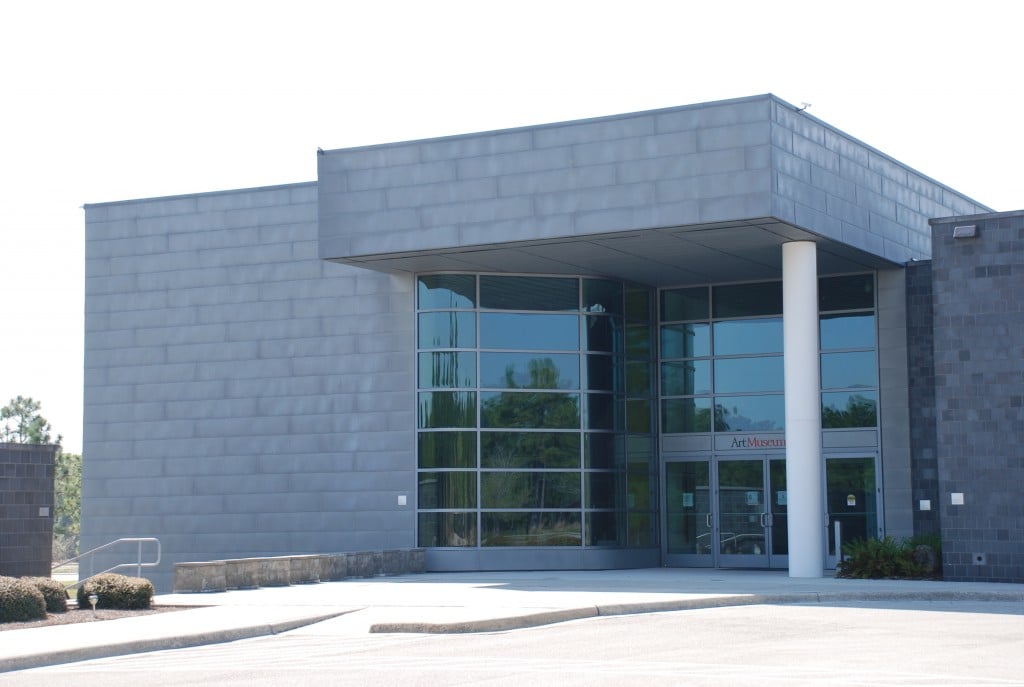Latest from NCDOT on Winter Weather Preps
RALEIGH — The N.C. Department of Transportation is preparing for the winter weather that forecasters predict will hit the state Friday. The storm is expected to bring snow to much of North Carolina, which will create dangerous driving conditions.
To help lessen the storm’s initial impacts, NCDOT crews are pre-treating roads and bridges using a special salt and water solution called salt brine. It sticks to the roads and keeps ice from bonding to the pavement during the first few hours of the storm. As the storm progresses, crews may spread salt or use plows to help clear the roads if the precipitation accumulates on roadways.
See below for details on how NCDOT crews in each region of the state are preparing for the storm.
Western North Carolina
Crews are not pre-treating roads, since there is still residual salt on the ground from previous weather events this season.
Central North Carolina
To prepare, crews in many counties are pre-treating interstate and primary routes. They will continue spraying salt brine on these heavily traveled roads until this evening. Crews are on standby to clear roads and are bringing in crews to plow overnight where accumulation is expected.
Eastern North Carolina
Crews throughout Eastern North Carolina have pretreated interstate, primary and other heavily-traveled routes, as well as bridges and are preparing spreaders and plows. Crews throughout the region will be working to clear routes throughout the night.
Ferries
The storm could bring icy conditions to the steel decks of ferry boats and the ramps used for loading and offloading vehicles, which may affect ferry routes.
For further schedule information and updates, travelers should call 1-800-BY-FERRY (293-3779) or check the Web site at www.ncferry.org.
Snow Clearing Policy
The department prioritizes which roads are cleared first, focusing on strategic corridors such as interstates and other multi-lane primary routes. These routes are the most heavily traveled and are essential to the movement of intrastate and regional traffic. NCDOT then works to clear lower-volume primary roads and secondary roads, and then subdivision streets.
Driving Tips
Motorists are asked to give snow plows and other NCDOT equipment plenty of room and to avoid unnecessary travel, both for their safety and to give crews time to clear the affected roadways.
If travel is absolutely necessary, motorists should use the following precautions:
· Clear windows and mirrors;
· Reduce speed and leave plenty of room between you and other vehicles;
· Bridges and overpasses accumulate ice first. Approach them with extreme caution and do not apply your brakes while on the bridge;
· If you begin to slide, take your foot off the gas and turn the steering wheel in the direction of the slide. Do not apply the brakes as that will cause further loss of control of the car;
· Come to a complete stop or yield the right of way when approaching an intersection where traffic lights are out. Treat this scenario as a four-way stop; and
· If you have a cellular phone, take it with you; you can contact the Highway Patrol statewide by calling HP (*47) or call the county emergency center by dialing 911.
For real-time information on road conditions, visit the NCDOT Traveler Information Management System Web site at www.ncdot.gov/traffictravel/ or call 511, the state’s free travel information line. NCDOT also provides alerts about road conditions on Twitter. To access them, go to www.ncdot.gov/travel/twitter/.
From a news release sent to the WWAY NewsChannel 2 Newsroom.





Leave a Reply